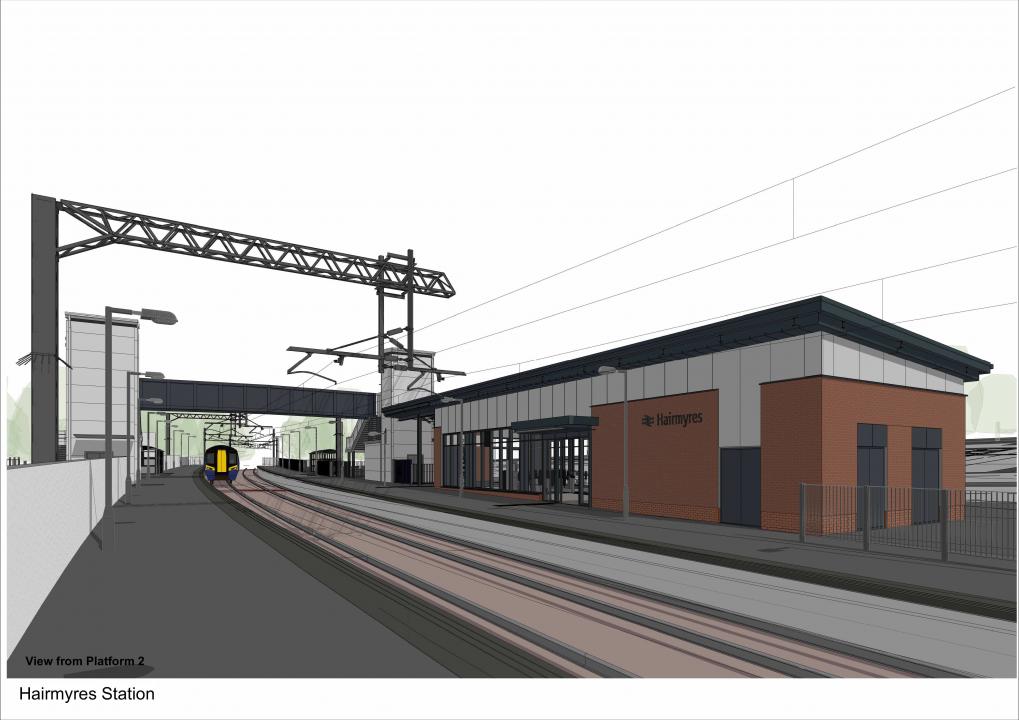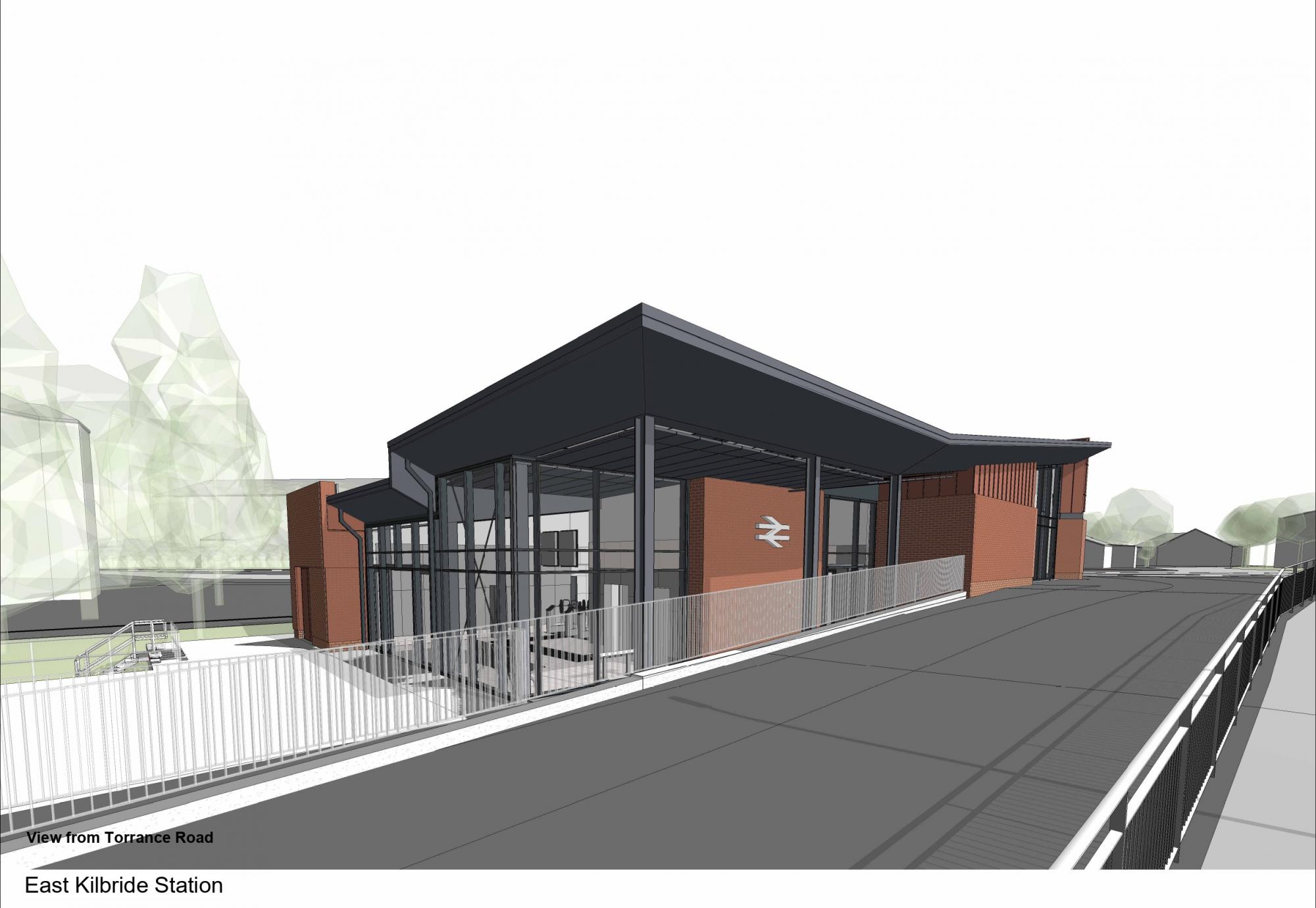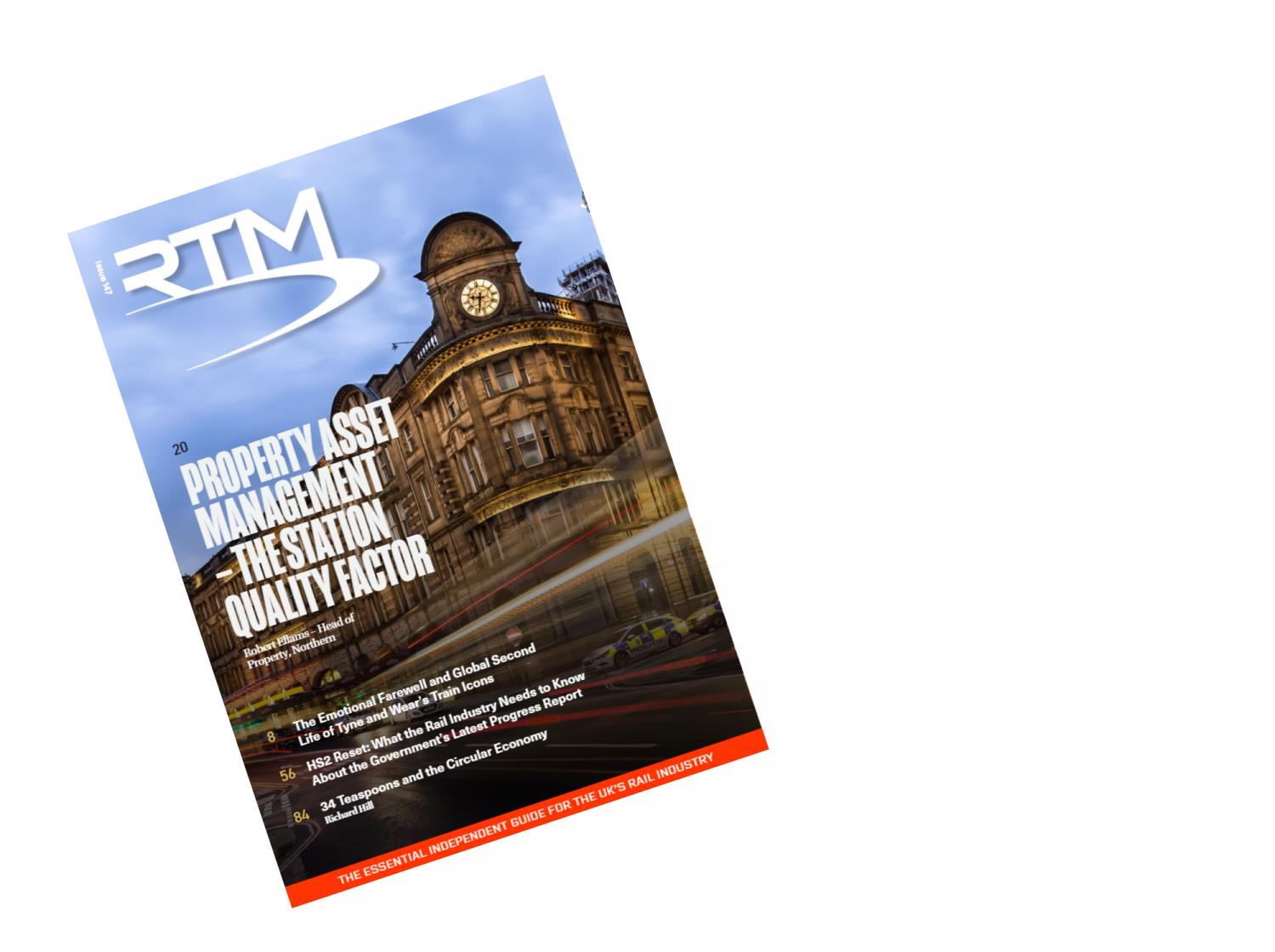From January 2025, engineers will work tirelessly for 16 weeks to advance the electrification of the railway between East Kilbride and Glasgow.
This Network Rail project, backed by the Scottish Government, aims to decarbonise rail services and enhance reliability for passengers. Once completed in December 2025, the project will feature:
- Electrified tracks from Glasgow to East Kilbride
- A new station at East Kilbride
- A new, two-platform station with an accessible footbridge at Hairmyres
- A new footbridge at Busby station
- Improved access at Giffnock with a new footbridge
- A new station entrance at Clarkston
To achieve these significant upgrades, no trains will run between East Kilbride and Thornliebank from Saturday, 25 January until Sunday, 18 May. During this period, work will include installing 22km of overhead power cables and extending the double track between East Kilbride and Hairmyres. Additionally, existing tracks near Busby, Clarkston, and Giffnock will be lowered to accommodate the new overhead lines under bridges.

Network Rail’s Capital Delivery Director, Gerry McQuade, emphasised the importance of this work: "This extended period of engineering is crucial for the East Kilbride line's electrification. Although closing the railway is never easy, it ensures that these essential works are completed efficiently."
Mark Ilderton, ScotRail’s service delivery director, notes the impact on services: "The 16-week closure means we can’t run trains to and from East Kilbride. An alternative transport plan will ensure customers can still travel.
Damian Briody, Head of Rail Projects at Transport Scotland, said: "While any passenger disruption is regrettable, the planning of these improvement works has been thorough. Network Rail and ScotRail are working together to keep passengers informed and provide alternative travel options."

During the project, a replacement bus service will be available. May 2025 will see the new Hairmyres station open, with the overall electrification project wrapping up by the end of 2025.
Image credits: Network Rail

















